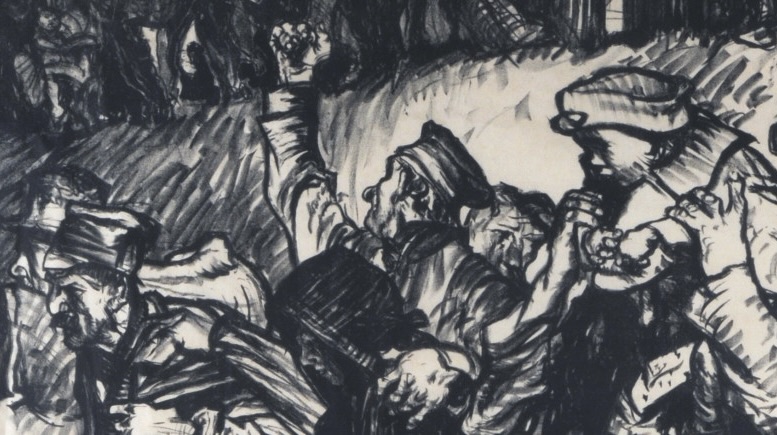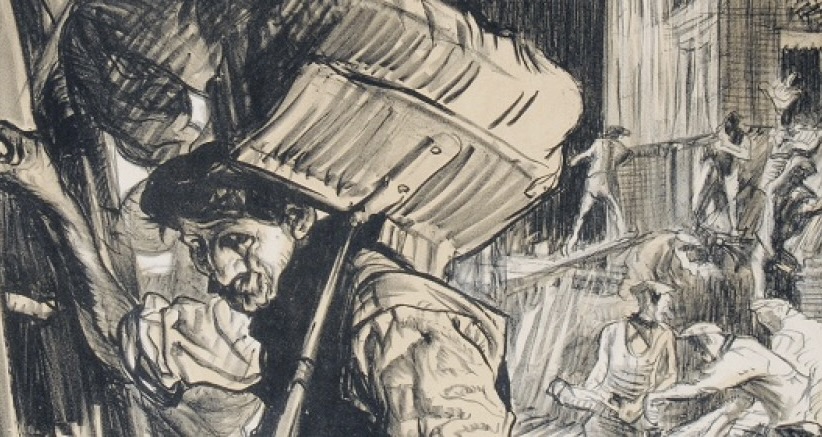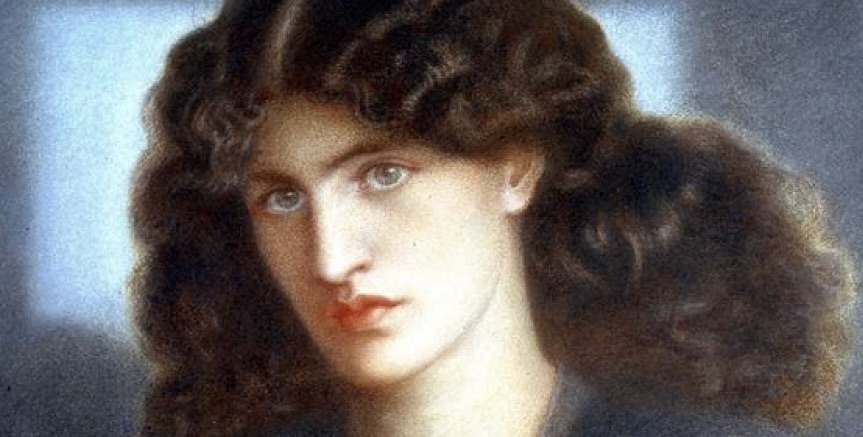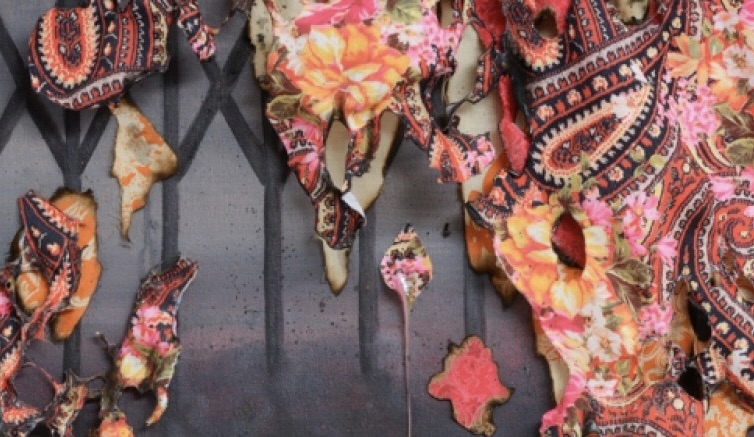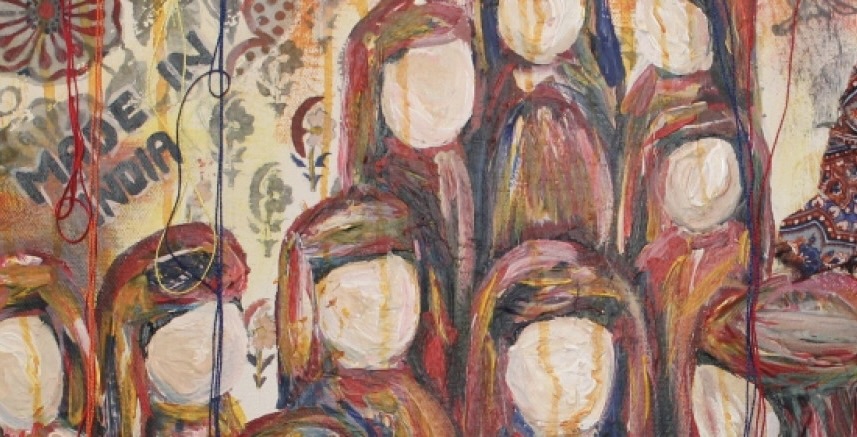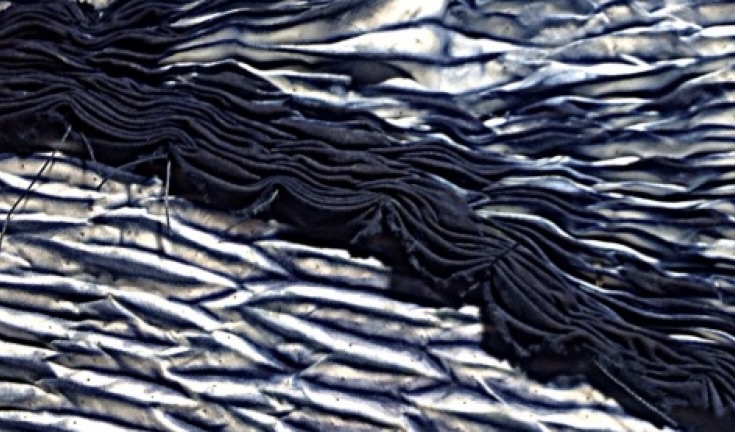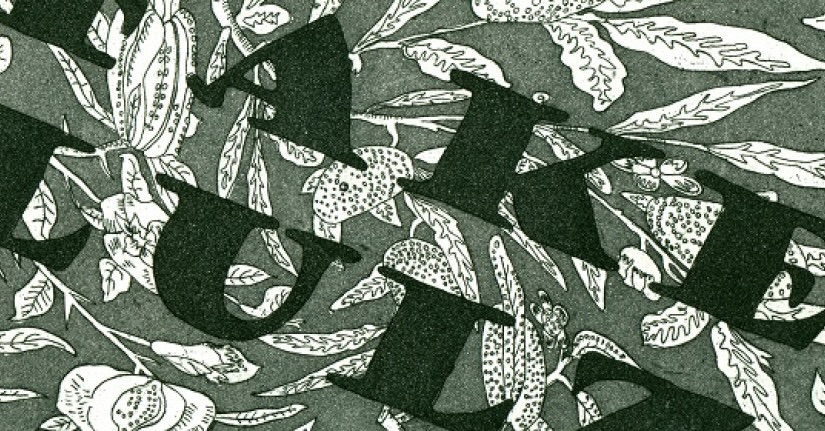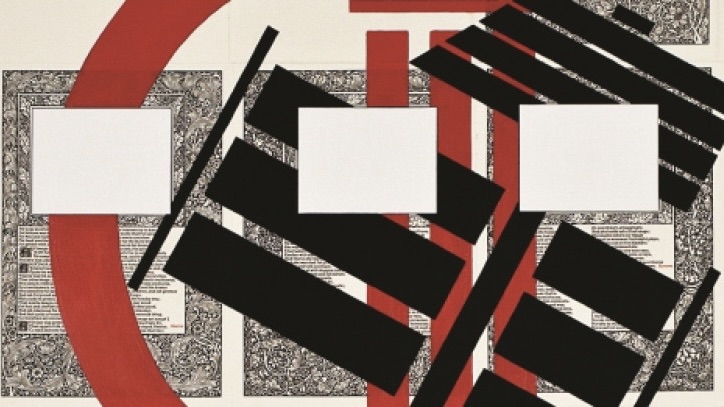
Jeremy Deller
English Magic
EXHIBITION
Saturday 18 January - Sunday 30 March 2014
The first opportunity in Britain to see exhibits from Jeremy Deller’s installation at the 2013 Venice Biennale
For Jeremy Deller, William Morris’s art and politics are inseparable, both being expressions of his rage against the excesses and iniquities of Victorian Britain.
In English Magic, the Turner Prize-winning artist brings Morris “back from the dead”, encouraging us to turn the mirror on ourselves and ask questions of the society in which we live.
English Magic was commissioned by the British Council for the British Pavilion at the Venice Biennale 2013. The UK tour of the exhibition is supported by the Art Fund – the national fundraising charity for art.
The tour is the first of its kind and will enable audiences across the country to see the exhibition at the William Morris Gallery, Bristol Museum & Art Gallery and Turner Contemporary, Margate in 2014.
Image: We sit starving amidst our gold, painted by Stuart Sam Hughes, 2013. © Cristiano Corte
